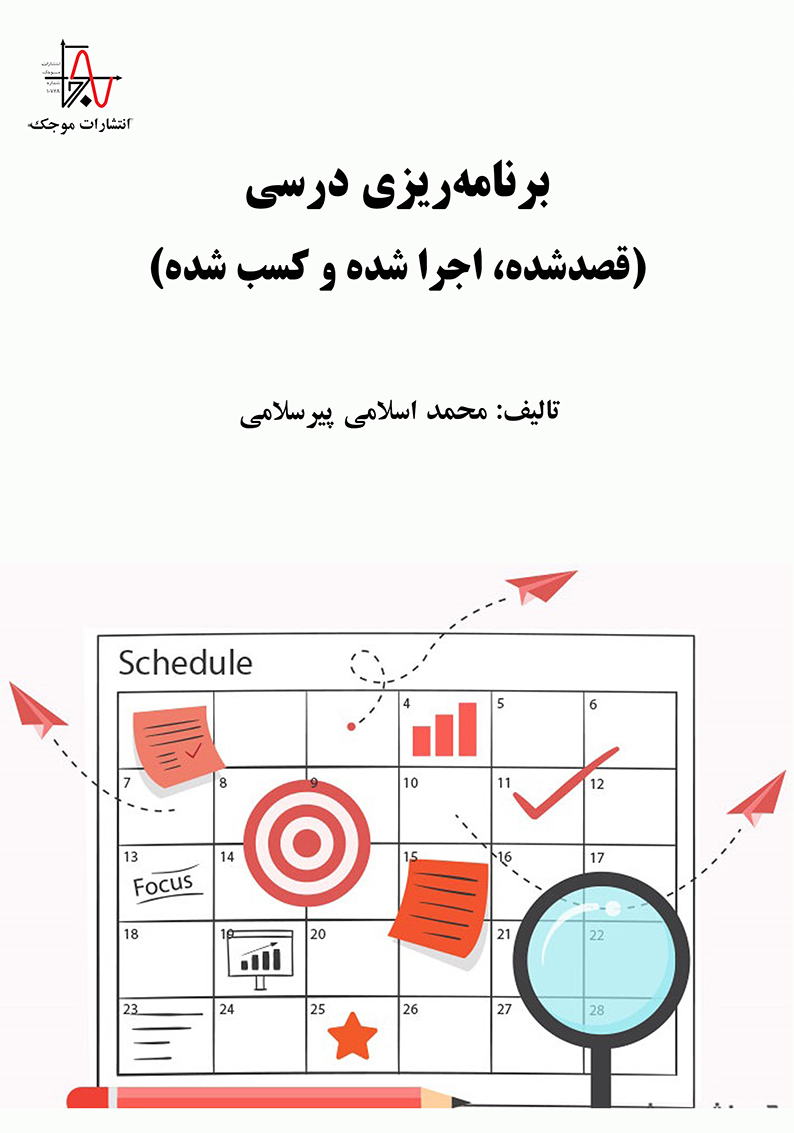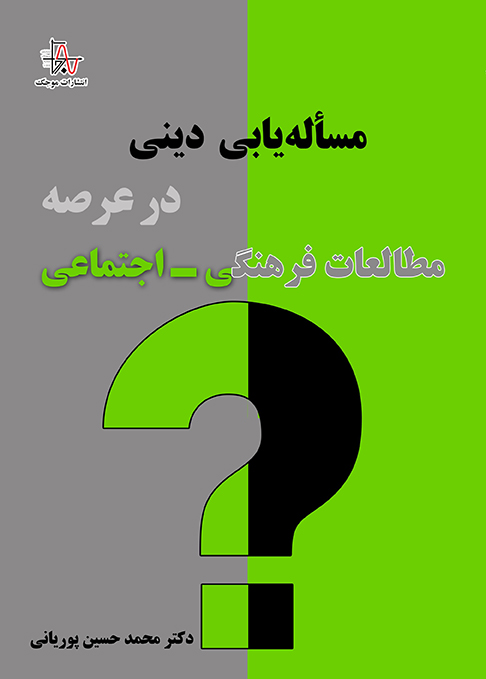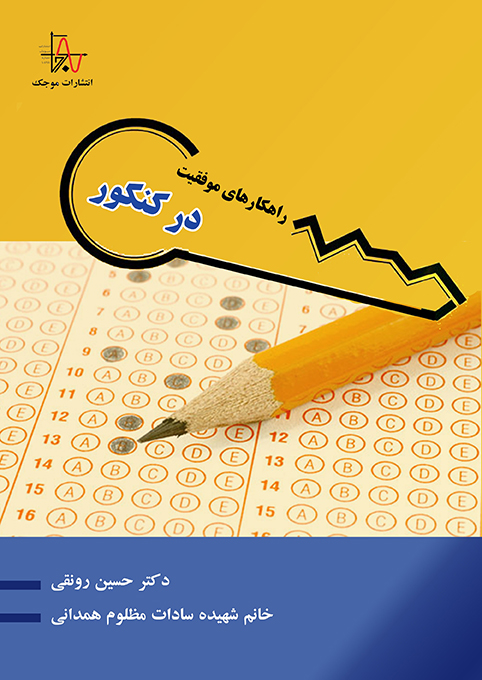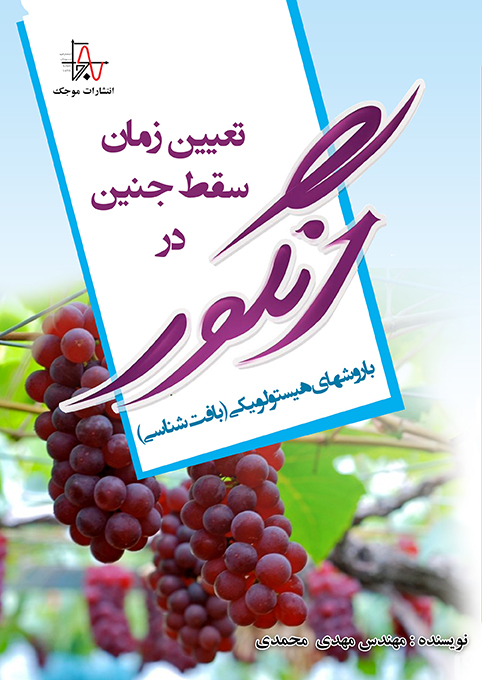ناشر : انتشارات موجک (ناشر دانشگاهی)
کد کتاب : M940
عنوان : برنامهریزی درسي (قصدشده، اجرا شده و کسب شده)
تالیف : محمد اسلامی پیرسلامی
مشخصات ظاهری : ۹۵ صفحه، قطع وزیری
چاپ اول : تابستان ۱۴۰۲، تيراژ : ۵۰۰ جلد
قيمت : ۱۷۷۰۰۰۰ ريال، شابک : ۵-۶۱۰-۹۹۴-۶۰۰-۹۷۸
حقوق چاپ و نشر برای ناشر محفوظ است.
————————————————————————————————————————————————————————————————————————–
Publisher: Mojak Publications (academic publisher)
Book code: M940
Title: Curriculum planning (intended, implemented and acquired)
Written by: Mohammad Eslami Pirsalami
Appearance specifications: 95 pages, ministerial cut
First edition: summer 1402, circulation: 500 volumes
Price: 1,770,000 riyals, Shabak: 978-600-994-610-5
Copyright is reserved for the publisher.






نقد و بررسیها
هیچ دیدگاهی برای این محصول نوشته نشده است.